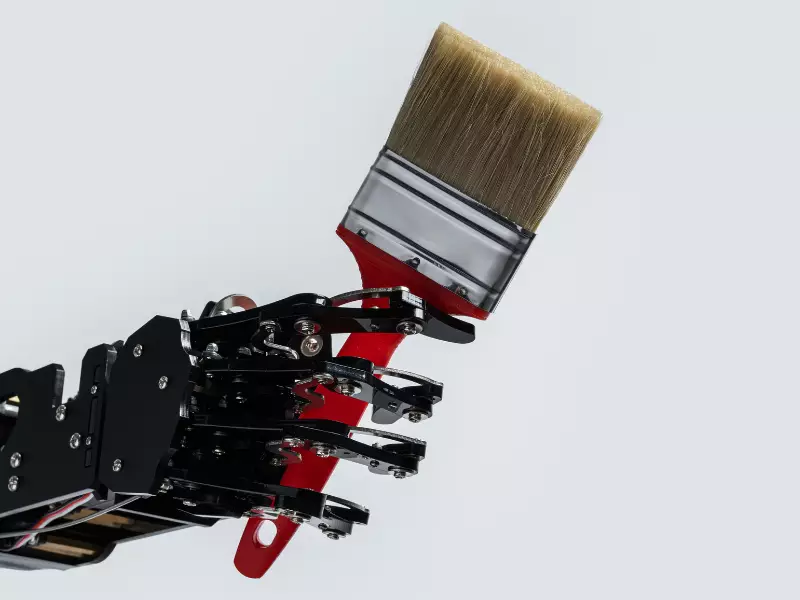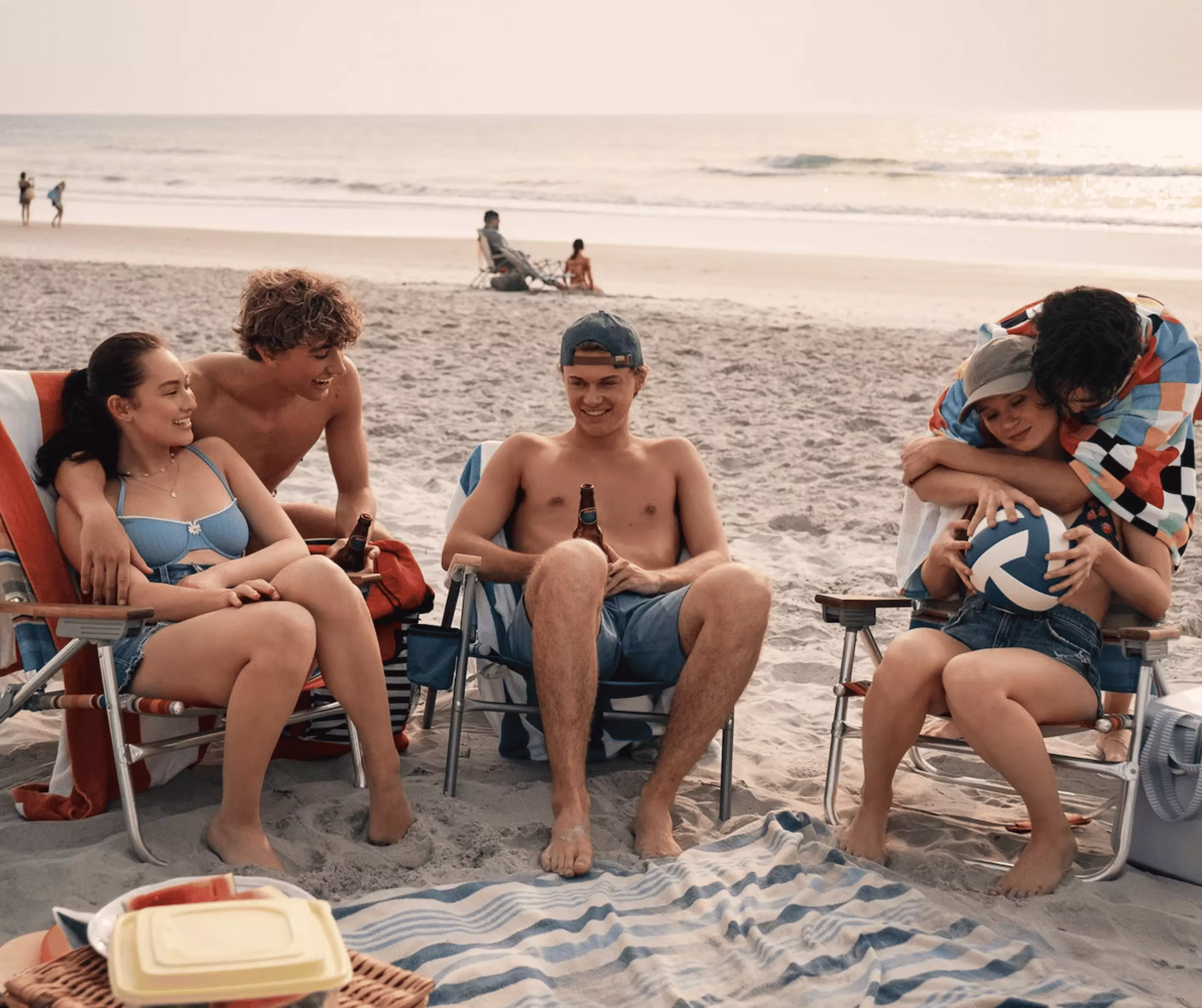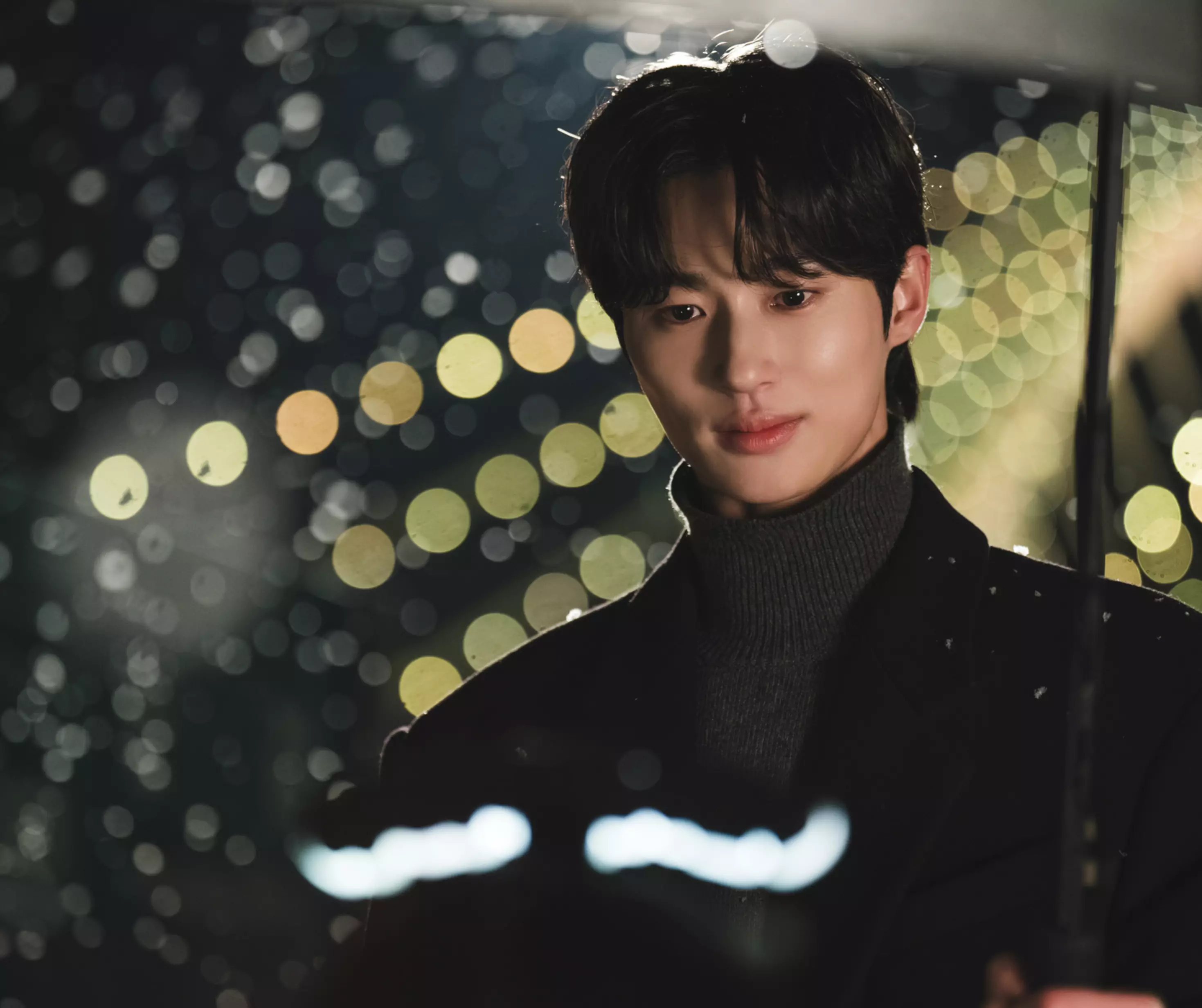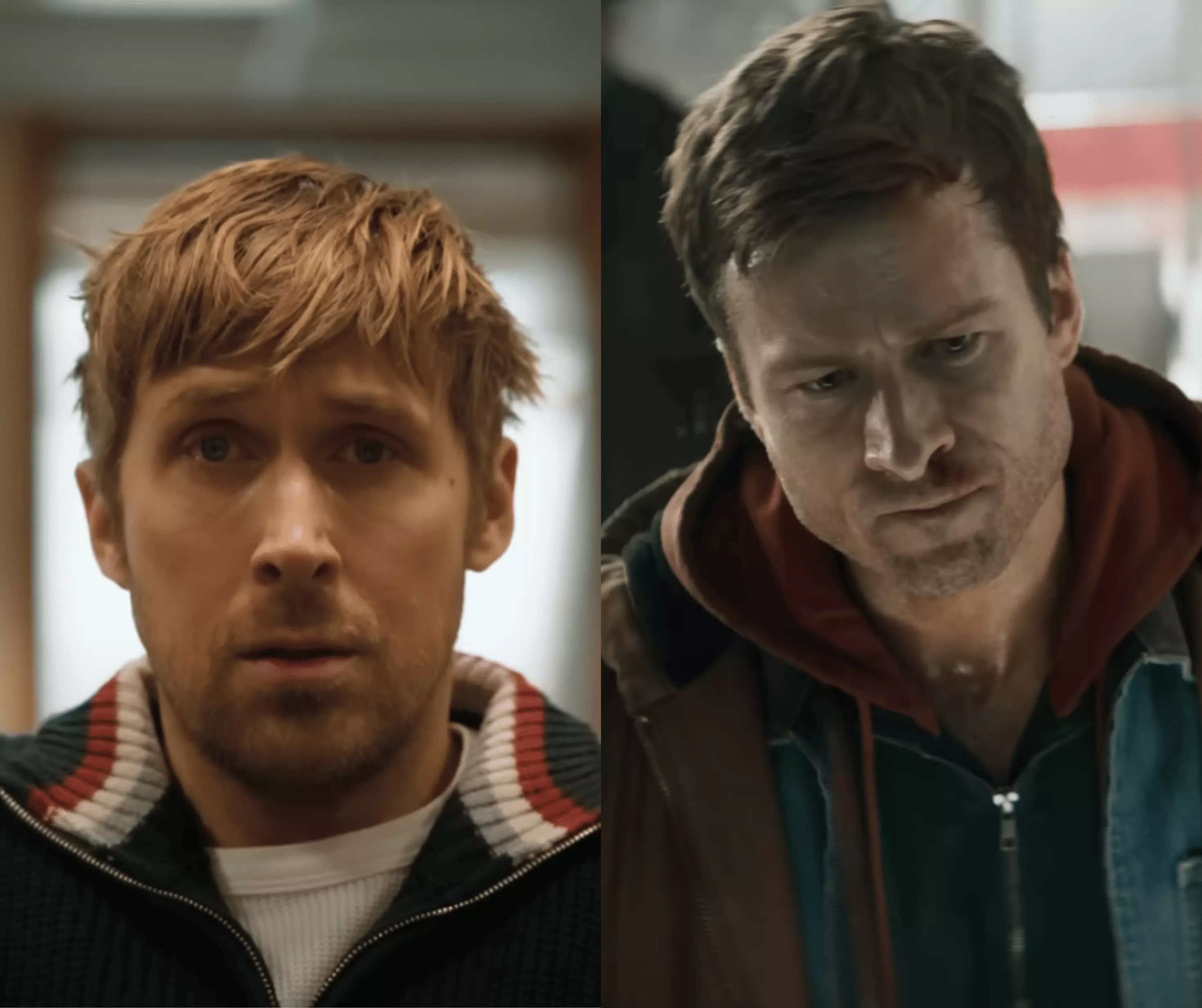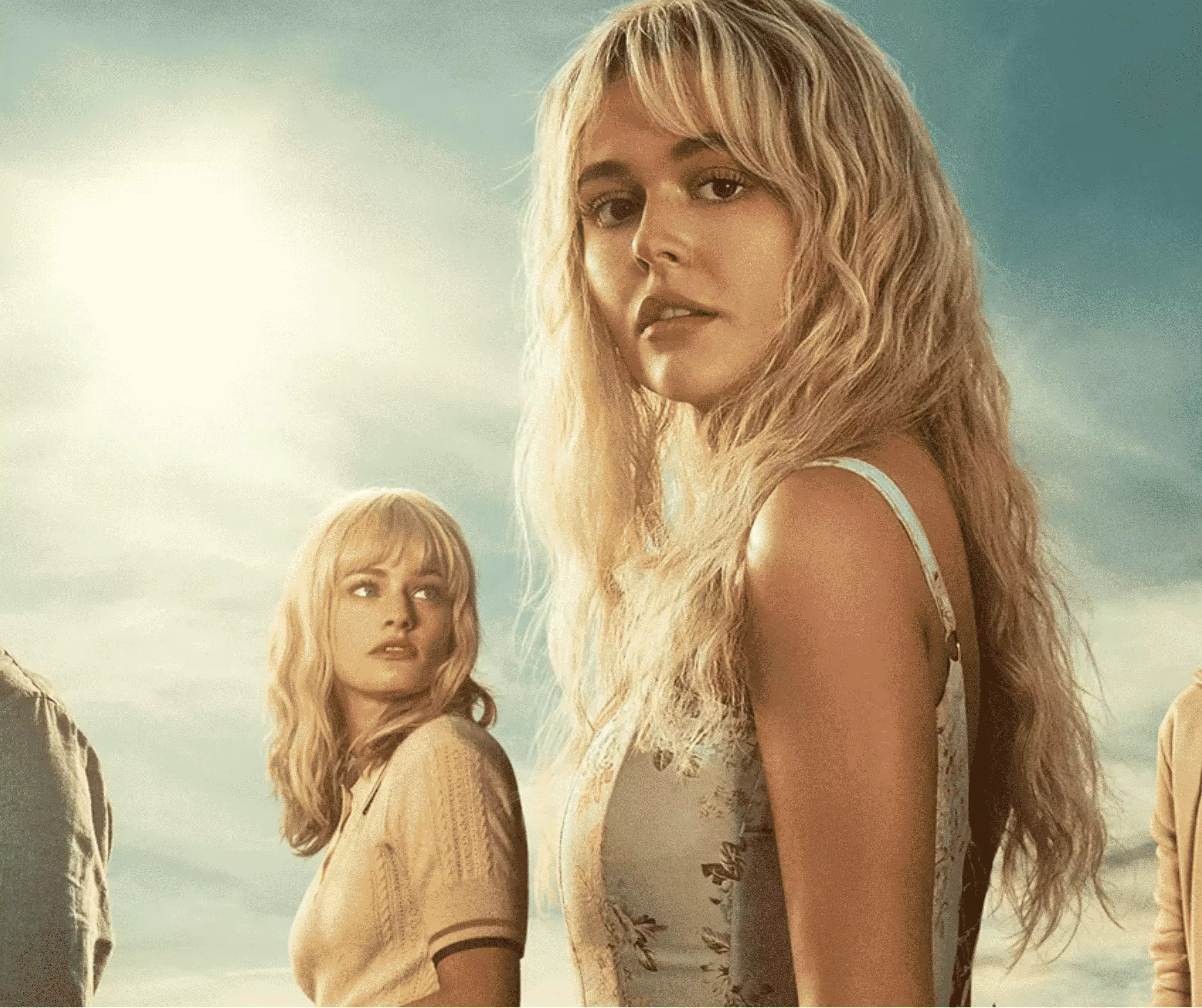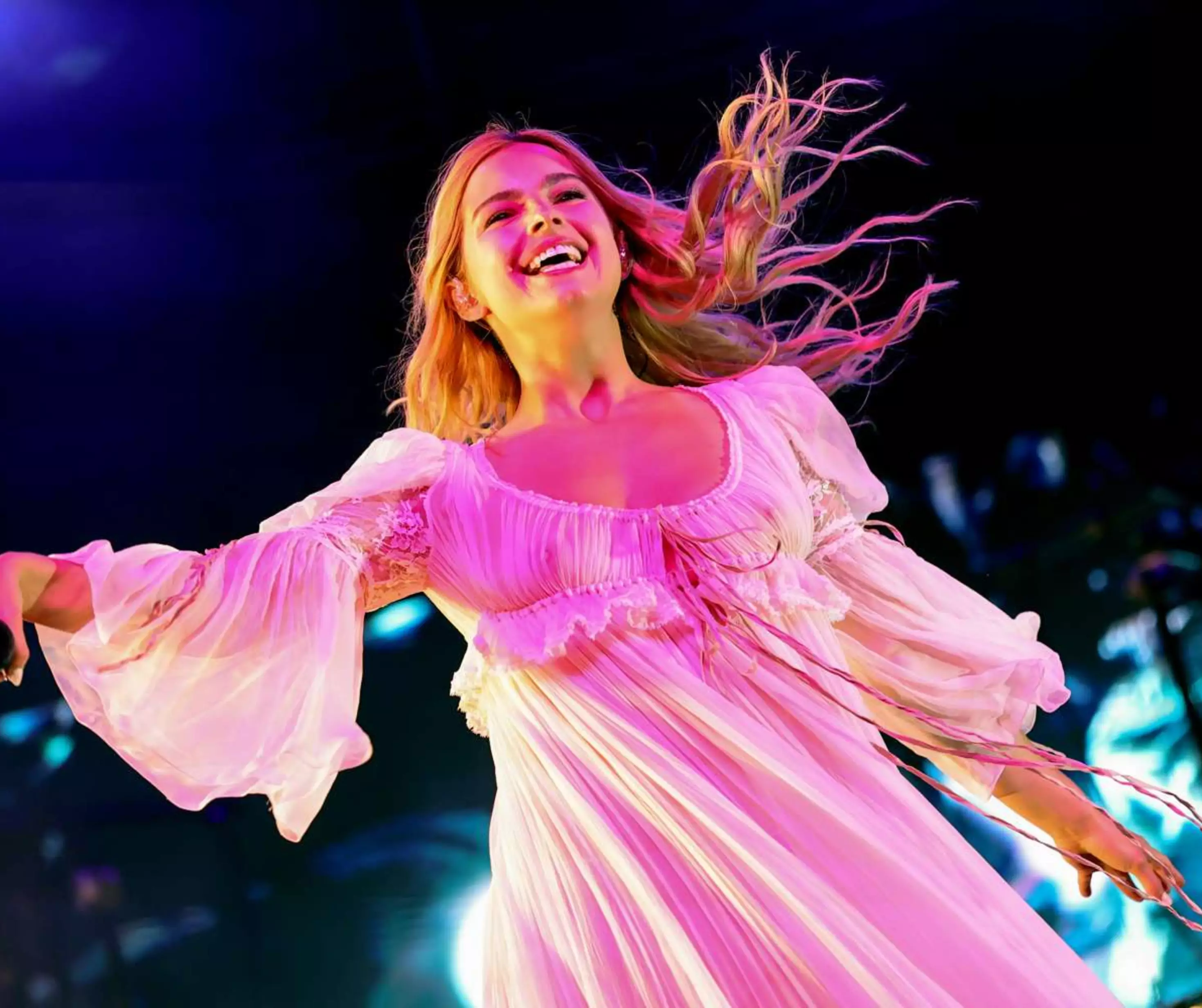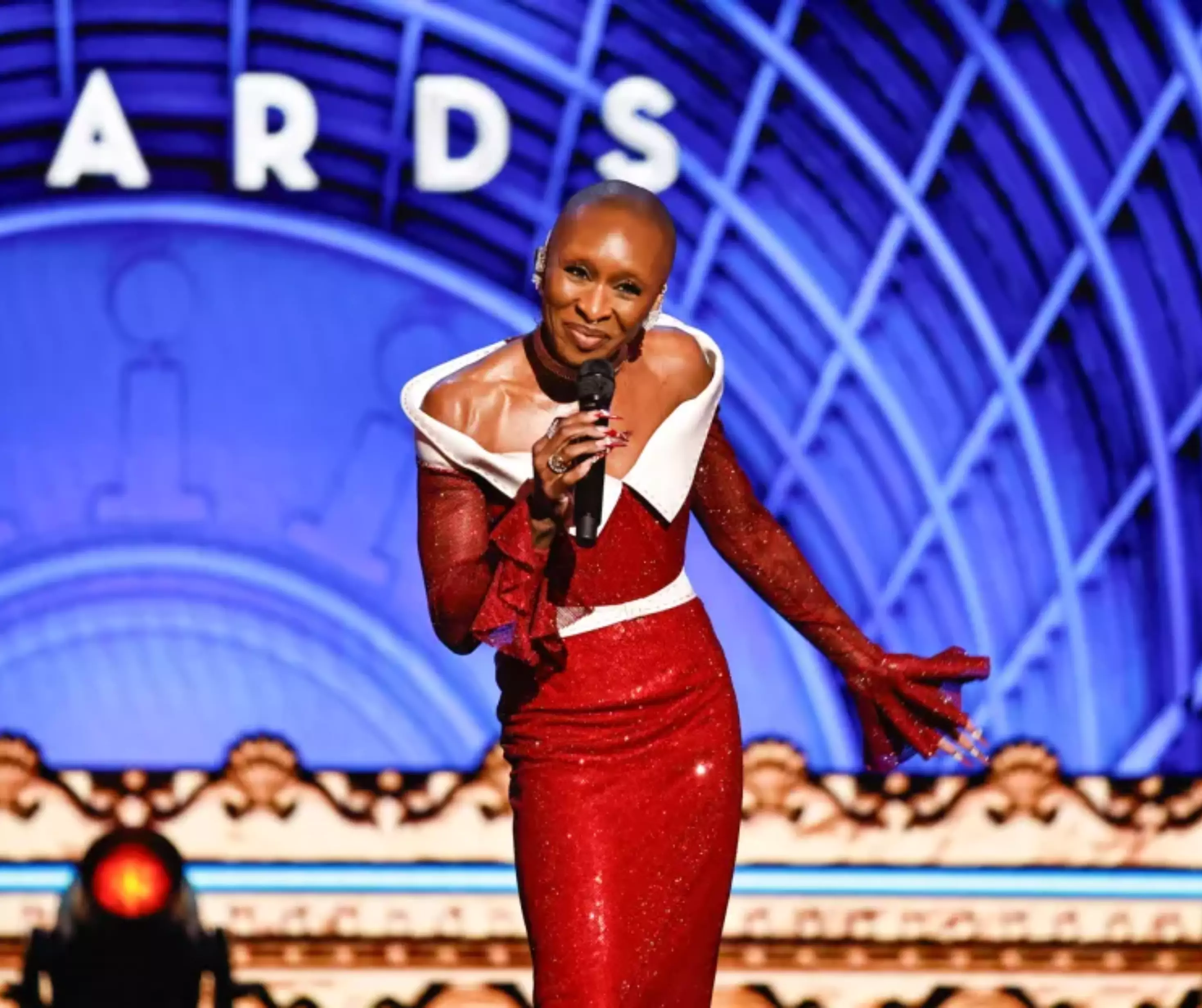The intersection of artificial intelligence and the art world has stirred up one of the most fascinating debates in modern times. Can AI-generated art coexist with human creativity, or is it a threat? As we delve into how AI is revolutionising the creative industries, we find that it is not about humans versus machines–it is about the two working together, creating new possibilities for collaboration.
AI: The Artist’s New Tool
AI in the creative industries is already is already reshaping how we think about art. From visual arts to music and even literature, AI tools are being used to enhance, challenge, and sometimes even replicate human creativity.One of the more captivating examples is AI-generated art from platforms like DALL-E and MidJourney, which can produce stunning visuals from simple text prompts. But does that make the AI the artist, or is it just another brush for humans to wield?
It turns out, that the more we use AI in art, the more it becomes a collaborator rather than a creator. Artists are not simply feeding prompts into machines–they are guiding, refining, and often layering their own work on top of what AI provides. This collaboration helps human artists break creative blocks and push the boundaries of what they can achieve.
Creativity or Curation?
One key question is whether AI is truly creative or if it is simply curating from existing datasets. AI art often draws from vast datasets of previous works, mimicking styles but lacking intent or emotion. This leaves us with the philosophical quandary: can something truly be called “creative” if it lacks purpose and soul?That is where human involvement becomes crucial. The role of the artist evolves into one of a curator or director, taking inspiration from the machine and adding the necessary emotional or cultural depth. For instance, artists can use AI to reimagine existing concepts while injecting their own vision into the final product.
In a way, the collaboration between humans and AI becomes a symbiosis where technology amplifies creative potential.
Breaking Down Barriers in the Art Market
The art market is not immune to this wave of change.The introduction of AI is democratising access to art creation. Aspiring artists who might not have had the skills or resources to create traditional art can now experiment with AI tools. This opens the door for a broader spectrum of voices and styles in the market.
However, this also raises ethical questions about ownership. If a piece of art is created by a machine, who owns the rights? The artist, the programmer, or the AI itself? This growing ambiguity has sparked debate within the art world about the future of intellectual property.
The Ethical and Social Impact of AI in Creativity
The rise of AI-generated art is not without its challenges. There is growing concern about how AI might erode traditional creative jobs. Will the use of AI diminish the role of human artists, or will it simply push them into new roles as directors and curators?Recent discussions on AI and art suggest that AI will create more opportunities than it destroys in creative industries.
Moreover, transparency is becoming increasingly important. People want to know whether the art they are buying or consuming was created by a human, an AI, or a collaboration between the two. As these lines blur, consumers and creators alike will need to adapt to a future where creativity does not come from one singular source.
Conclusion: A New Era for Creativity
Bottomline: AI is not here to replace human creativity–it is here to complement it.As AI in creative industries evolves, so too does the relationship between humans and technology. AI-generated art is less about supplanting artists and more about extending the possibilities of human imagination.
Whether you are an artist, a curator, or simply an art lover, this collaboration between AI and humans is bound to change the way we view creativity itself. The future of art may very well lie in how we choose to engage with these tools–finding the balance between human touch and machine efficiency to push creativity beyond its current limits.
In this rapidly evolving landscape, one thing is clear: we are just getting started.
This new era of AI in creative industries shows that far from losing our creative touch, we are gaining new tools that open up limitless possibilities. So, the next time you see an artwork created by AI, remember it is not just a machine at work. It is a collaboration between technology and the human spirit.
Introducing Creative Splits
In this dynamic environment, Creative Splits stands at the forefront of empowering the creative community. We provide innovative royalty management solutions designed to streamline processes for artists and collection societies. By streamlining processes and embracing technological advancements, we help elevate the creative community, allowing artists to flourish in this new era of collaboration.To learn more about how Creative Splits can guide you and secure your future in the art world, check out the Solutions and Features we have for various needs!
